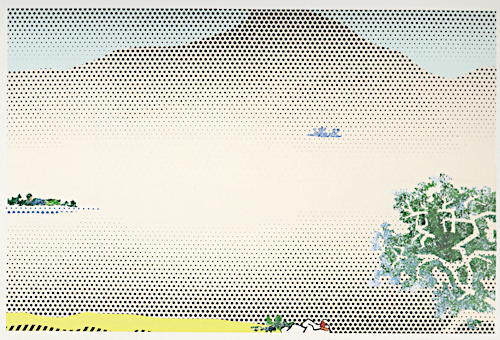Undergraduate Seminar: Modernist Readings of Early Modern Asian Art

European and American modernists such as Manet, Cassat, Klein, Johns, and Lichetenstein &emdash;to name but a few&emdash; have repeatedly engaged the arts of Asia with a cosmopolitanism that often clashed with the nationalist views of art historians and critics. Some American critics, such as Clement Greenberg, dismissed the arts of Asia as irrelevant to modernist practice while some Chinese critics, such as Feng Zikai, proclaimed the ultimate triumph of Chinese art in Western modernism. Both critics, and others like them, engaged in a special type of cultural politics that originated in the 18th century in Germany and England and survives to this day. This course surveys the history of cultural politics in art, East and West, including more cosmopolitan views, from the 18th century on through the 20th. We will examine first and foremost visual interpretations of Chinese and Japanese theory and practice by European and American artists. In tandem with this we will trace the history of cultural politics and the various movements informed by it over a period of about two centuries, including Japnoisme and the fashion for Zen. All along we will be seeking alternative models for understanding intercultural exchange, from Roger Frys formalism to theories published only in the past few years. In addition to class participation, each student will focus on one modernist master with the aim of producing a paper re-conceptualizing that masters dialogue with the arts of Asia.
Category for Concentration Distributions: C. Asia (includes China, Japan, India, South and Southeast Asia, and the Pacific), 3. Early Modern.
Poster Image: Roy Lichtenstein, Landscape with Seated Figure, 1996